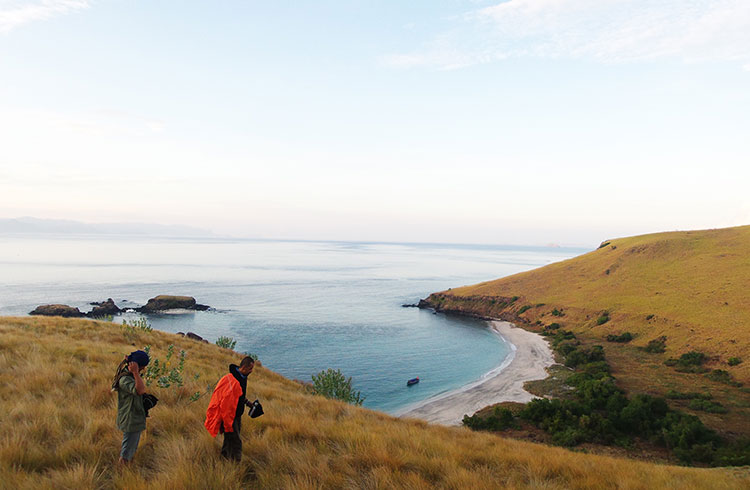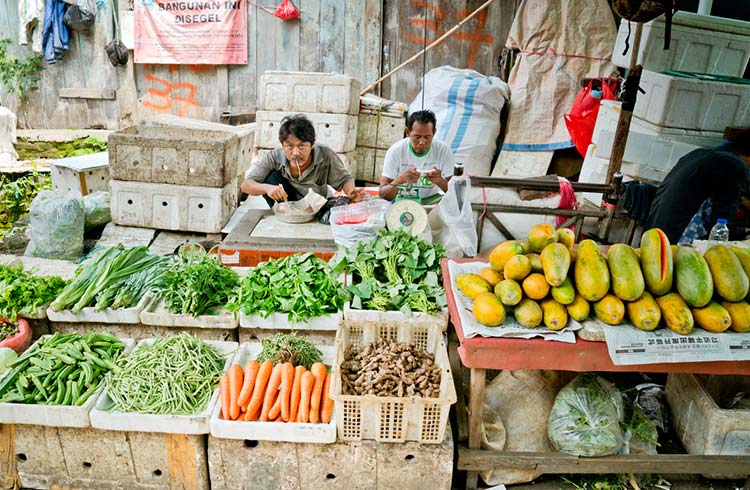Indonesia’s War on Waste: How Travelers Can Help
It’s no secret that Indonesia has a huge issue with waste management. But how did the situation become so bad? Siska Nirmala made the switch to a zero-waste lifestyle, and now she’s determined to make sure travelers and locals choose sustainable methods too.
 Photo © Siska Nirmala
Photo © Siska Nirmala
When I climbed Mount Rinjani in 2010, I was horrified by the litter along the trail.
I couldn’t believe so many travelers and hikers would climb the mountain and leave their trash behind. It was a huge wake-up call, and made me wonder how I could help educate others on reducing their environmental impact while hiking or traveling.
In 2012, I adopted a zero-waste lifestyle and started the Ekspedisi Nol Sampah (Zero Waste Expedition), which focuses on five of Indonesia’s mountains that had a serious problem with trash.
- Indonesia’s Plastic Use Issue
- Can Indonesia Make a Difference?
- Communities Cleaning Up
- How Travelers Can Help
Indonesia’s Plastic Use Issue
Each year, approximately eight million tons of plastic fills the ocean. Indonesia ranks second in the world for contributing the most waste, and is home to Citarum River – one of the most polluted rivers in the world.
Indonesia’s waste problem was triggered by the increase in consumption of single-use plastic. Traditionally, locals would use banana leaves or other natural resources to wrap food and carry items. After they were done with the wrapping, they’d throw it onto the ground.
Now, plastic bags are free and have become a part of daily life. Unfortunately, the habit of dropping food wrapping on the ground is still the same, except plastic doesn’t decompose.

Can Indonesia Make a Difference to the Plastic Problem?
With Indonesia in the spotlight as one of the world’s leading plastic polluters, the younger generations are becoming more aware, outspoken and are eager to fix the problem.
In 2016, the government tried to reduce waste by implementing a 200 IDR ($0.15 USD) tax on single-use plastic, during a trial period between February and May 2016.
There was opposition to this initiative by retailers and as a result, nothing has been done since.
Communities Cleaning Up
The government is now taking action to clean up the Citarum River, starting in January 2018, which has been long polluted by factory and household waste.
The clean-up program promotes environmental awareness for participants, plus increases surveillance measures and penalties for polluters. Communities are also making a move to host clean-ups around Indonesia, from the cities and riverside towns to crowded beaches and in the jungle. But, clean-ups aren’t the only solution to the issue of plastic use.
Many schools and communities have provided education on environmental awareness, however this needs an in-depth, collaborative approach, with government funding and resources working together with businesses, communities and organizations.
The Indonesian government also needs to reform policies on manufacturer packaging and design, pushing major companies to adopt more environmentally friendly solutions to minimize the use of single-use plastics.

How Travelers Can Help
You can help solve the problem with waste by reducing your own environmental impact while you explore Indonesia. Here are a few key things you can do:
- Carry a reusable water bottle and coffee cup
- Bring reusable cutlery and straws
- Use a reusable bag to carry purchased items, rather than plastic
- Choose eco-friendly modes of transport e.g train, bike, cycle rickshaw
- Reuse towels instead of getting a fresh towel each day
- Take short showers
Related articles
Simple and flexible travel insurance
You can buy at home or while traveling, and claim online from anywhere in the world. With 150+ adventure activities covered and 24/7 emergency assistance.
Get a quote
No Comments